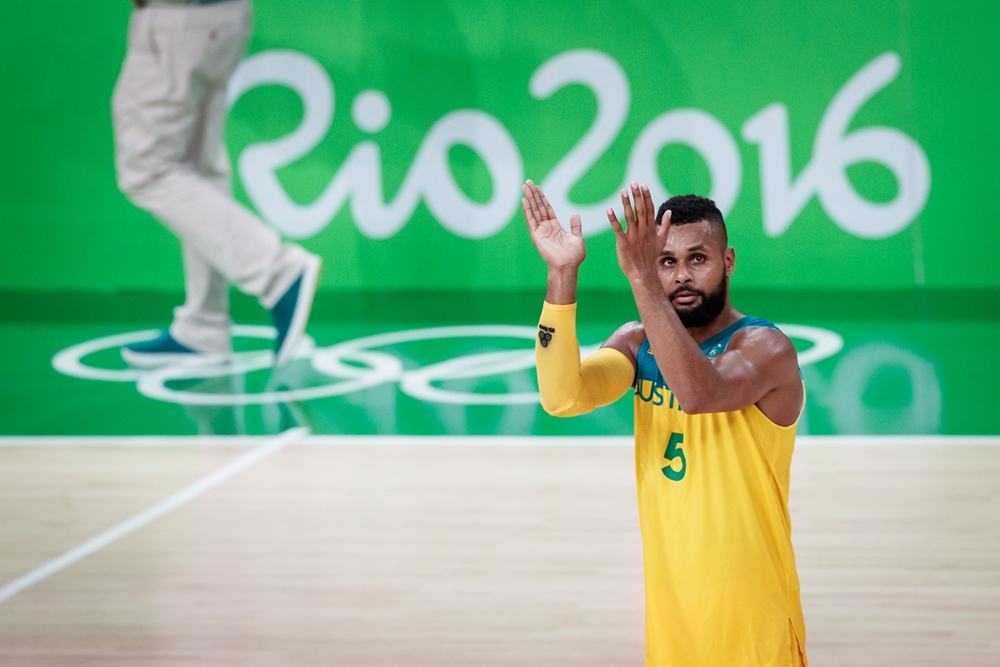
“From the streets to the Olympics” The International Olympic Committee recently announced that that 3×3 basketball will be in the Olympic games as of Tokyo 2020. The addition is set to allow sixty-four athletes from around the world a chance to live out the Olympic dream.
The rise of 3×3 basketball is similar to rise T20 cricket has had around the world. A faster-paced version that appeals to the masses and the new instant media age of sports. FIBA stated in their press release, “3×3 is widely considered the number one urban team sport – perfect for social media engagement with youngsters – and is simple enough to be played anywhere by anybody”.
The rise of 3×3 has been most noticeable in countries where there is not the depth of talent to fill competitive twelve-man rosters: “the intensity and skill level of the 3×3 game is such that there are no traditional 3×3 powerhouses and new countries have emerged”.
“3-on-3 is now played in countries like the Philippines, Estonia, Hungary and the Central African Republic. It’s much more accessible. And it’s a totally different style of game. It’s an incredibly fast-paced sprint.” said Jim Tooley, CEO of USA Basketball, via Bleacher Report:
How is it different?
A quick rundown of differences in rules between 3×3, and traditional basketball.
-
A team consists of four players—three starters and a substitute.
- There are no coaches.
-
The game is played in the half-court.
-
A 12-second shot clock.
-
First to 21 is the winner, or whoever is in the lead after 10 minutes.
-
After a change of possession on a missed shot or a turnover, the ball must be taken back beyond the three-point arc. The same rule applies after a made basket.
-
Every made shot inside the three-point arc is worth one point; shots beyond the arc are worth two.
Change in game style
Along with the obvious difference in player numbers, the main difference is the one point, two point scoring system. This system results in a two-point shot in 3×3 being 50% more valuable than a three point shot in regular basketball.
“Shooting is really at a premium in 3-on-3, more so than in the NBA, because in these games you can’t hide on the floor,” executive director of 3×3 tournament Hoopfest, Matt Santangelo told Bleacher Report.
“Each player in 3-on-3 needs to have a hybrid skill set because everyone has to do everything—score, rebound, and pass.”
If you think the game sounds like an insane amount of fun, you’re right. Check out the highlights from last year’s World Championship final.
Australia’s Dream Team
The finer details of the competition will be released in due time. When the time does come Australia will look to field a team of players whose talents lend themselves to 3×3. It is unsure as of yet what leagues those players will come from. The balance between 3×3 and traditional basketball roster creation will be a tricky puzzle to put together.
However, until then, let’s put our imagination to work: Let’s pretend Australian basketball has placed winning the inaugural gold in 3×3 as its number one priority in the Tokyo Olympics. Thinking about the style of play in the condensed game, who makes Australia’s four-man roster?
Patty Mills (C)
Current Club: San Antonio Spurs
Age in 2020: 31 years old
You can’t have an Australian team without Patty. The man is a superhero whenever he plays for his country. His ability to fit in through tight spaces is an advantage in the condensed version, combined with his skill in pull-up (50% eFG this season) and catch-and-shoot jumpers (60% eFG).
Whilst Patty won’t be putting on a highlight dunk package as is accustomed in 3×3, he will demand attention from the opposition at all times. Patty is a quick decision-maker with a high basketball IQ and an underrated defender. He would be the countries greatest asset in 3×3 basketball.
Thon Maker
Current Club: Milwaukee Bucks
Age in 2020: 23 years old
Thon Maker is just coming off his rookie season in the NBA. In a short amount of time, he has been able to create a space for himself in the talented Bucks roster. Maker has the potential to be the perfect 3×3 player. He already possesses a lethal outside shot and is nimble for a seven-footer.
Along with his height and shooting combination, his lack of size will not be as prominent in 3×3. Actually, if anything, it will be an advantage. He is a deceptively good rim protector and should be a standout of both ends of the floor (well, both ends of the same floor) in 3×3. With his work rate and attitude, he could be anything in three years.
Nathan Sobey
Current Club: Adelaide 36ers
Age in 2020: 29 years old
If his current upwards trajectory is anything to go by, Nathan Sobey will be settled in the NBA very soon. Hyper athletic and an accomplished three-point shooter, Sobey was the most improved player in the last NBL season. Shooting over 40% from downtown for Adelaide, contributing to having the fourth-best offensive rating in the league.
About to try his luck in the NBA summer league tryouts, Sobey could find himself in the NBA sooner rather than later.
Ryan Broekhoff
Current Club: Lokomotiv Kuban
Age in 2020: 29 years old
The six-foot-seven sharpshooter, Broekhoff is a great fit for the Australian 3×3 roster. Playing in Europe, Broekhoff has made a name for himself as a three-point shooter, shooting 44% from beyond the arc this season and finishing second in the three-point contest in the VTB United All-Star Festival. He also has a series of big shots under his belt. His performance in clutch situations is ideal for the tight affairs associated with 3×3.
Honourable Mentions: Dante Exum, Ben Simmons, Joe Ingles, Nathan Sobey, Chris Goulding, Jonah Bolden.
So there we have it. The inaugural Australian dream team for the 2020 Olympics.










